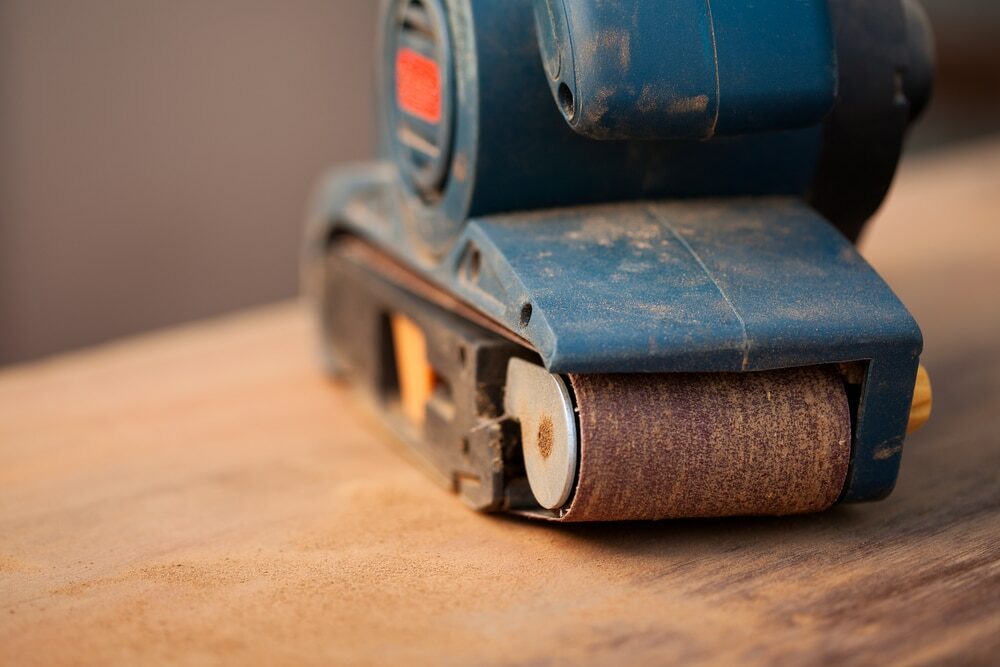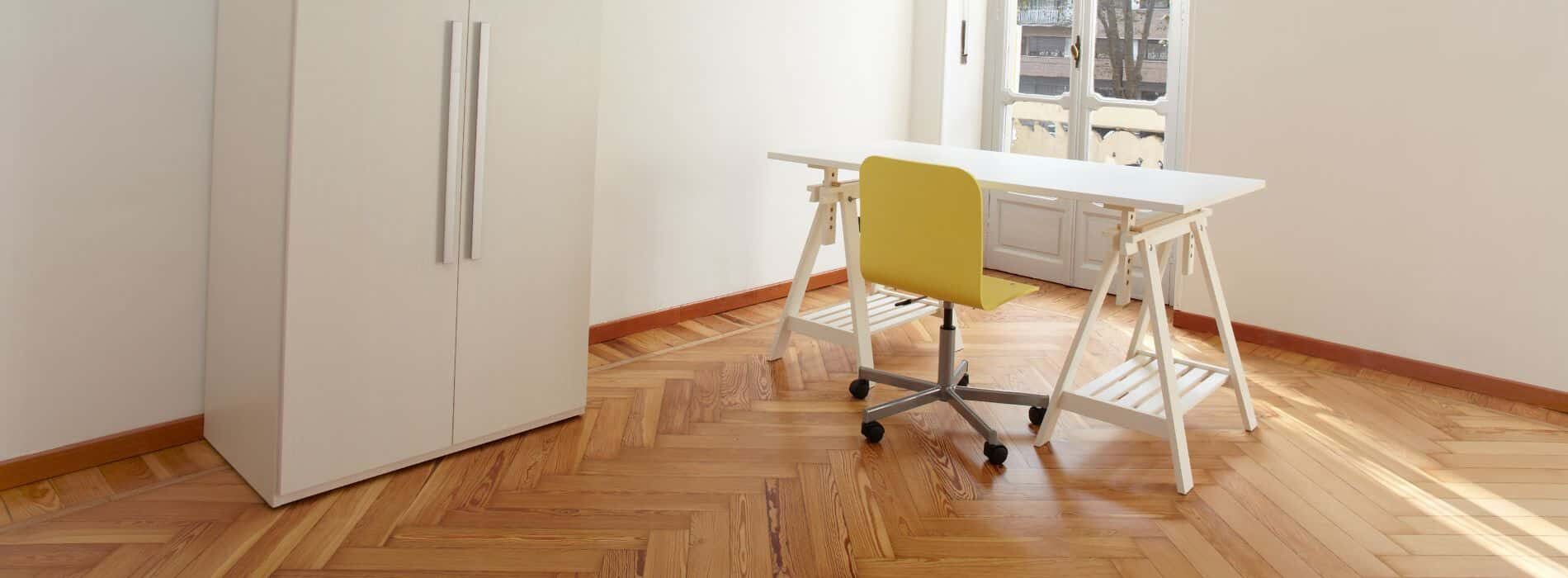London:
Nationwide:
Transform Your Space with Elegant Herringbone Parquet Flooring
Posted on May 2, 2023
News
Discover the Elegance of Herringbone Parquet Flooring – Timeless Design & Variations
Parquet flooring has been a popular choice for homeowners and designers for centuries, thanks to its unique patterns and long-lasting durability. Among the various parquet floor patterns, the herringbone pattern has gained significant popularity due to its elegance and visual appeal. This blog post will delve into the fascinating world of herringbone parquet flooring, covering its history, installation process, and the different variations that can be used to transform any space into a work of art.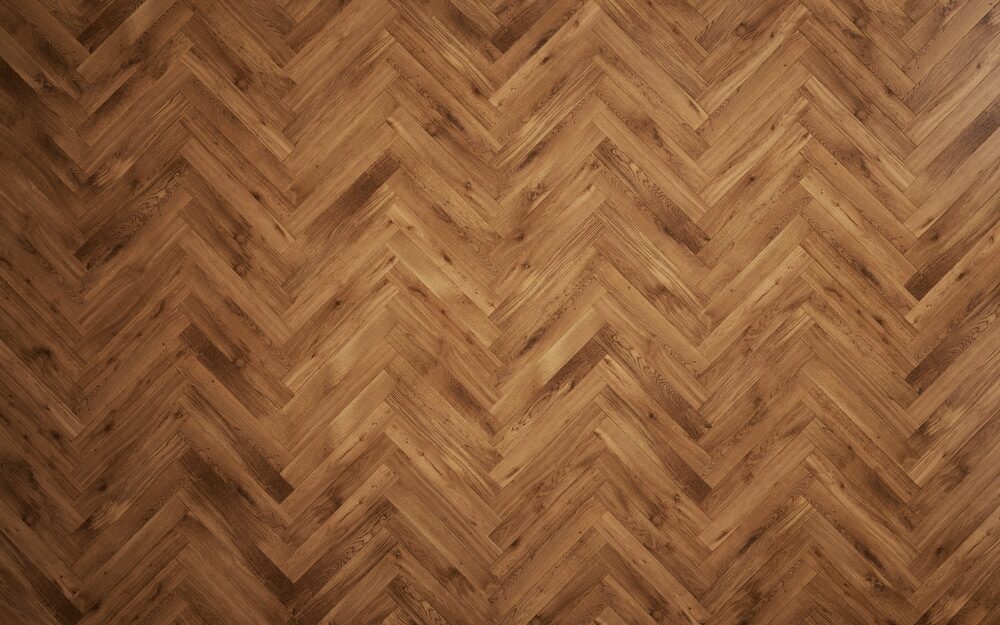
History of Herringbone Parquet Flooring
The herringbone pattern dates back to ancient Roman times, when the pattern was used in road construction. This technique, known as “opus spicatum” or “spiked work,” involved laying bricks or stones in a zigzag pattern, which improved the structural stability of the roads. In the 16th century, the herringbone pattern started appearing in parquet flooring designs in France. The pattern was popularised in the 17th century, when it was used in the famous Palace of Versailles. Since then, herringbone parquet flooring has been synonymous with elegance and sophistication, making it a popular choice for high-end homes, palaces, and public buildings.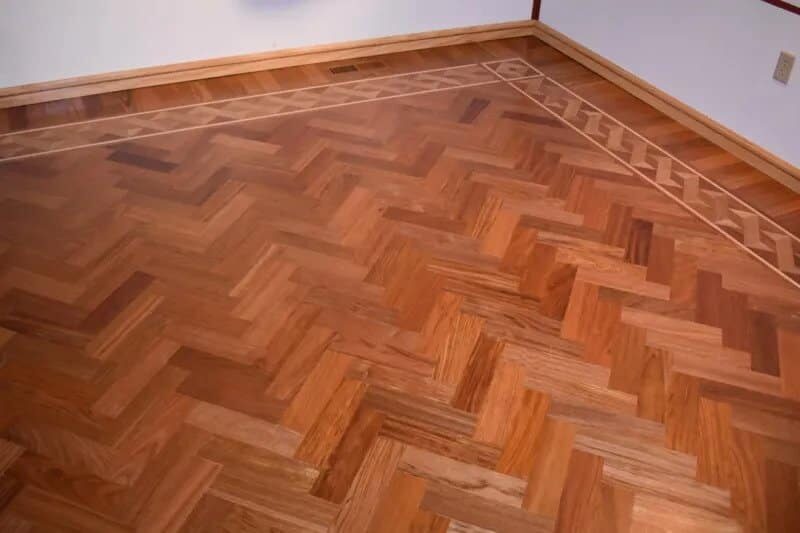
What is herringbone parquet flooring?
The herringbone pattern is created by laying rectangular wooden blocks or planks in a distinctive zigzag pattern that resembles the bones of a herring fish. The pattern is characterised by its 90-degree angles, with each rectangular piece being laid perpendicular to the adjacent piece. This intricate layout creates a sense of movement and visual interest, making it an attractive flooring option for various design styles.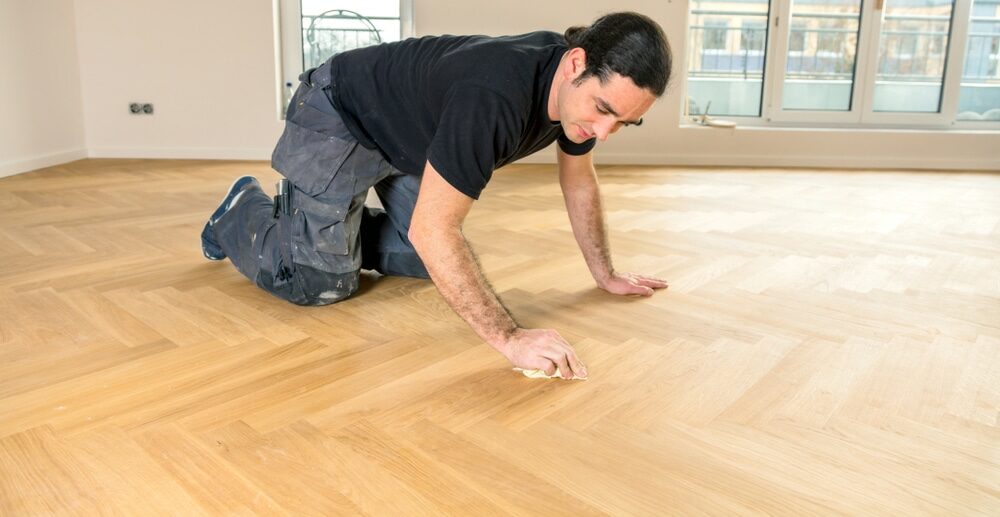
Herringbone vs. Chevron: Understanding the Difference
While the herringbone and chevron patterns might seem similar at first glance, there are some key differences between the two. In the herringbone pattern, the rectangular blocks are laid at a 90-degree angle to each other, while in the chevron pattern, the blocks are cut at a 45-degree angle and aligned to create a continuous V-shape. The herringbone pattern has a more broken zigzag appearance, while the chevron pattern creates a more seamless, uniform look.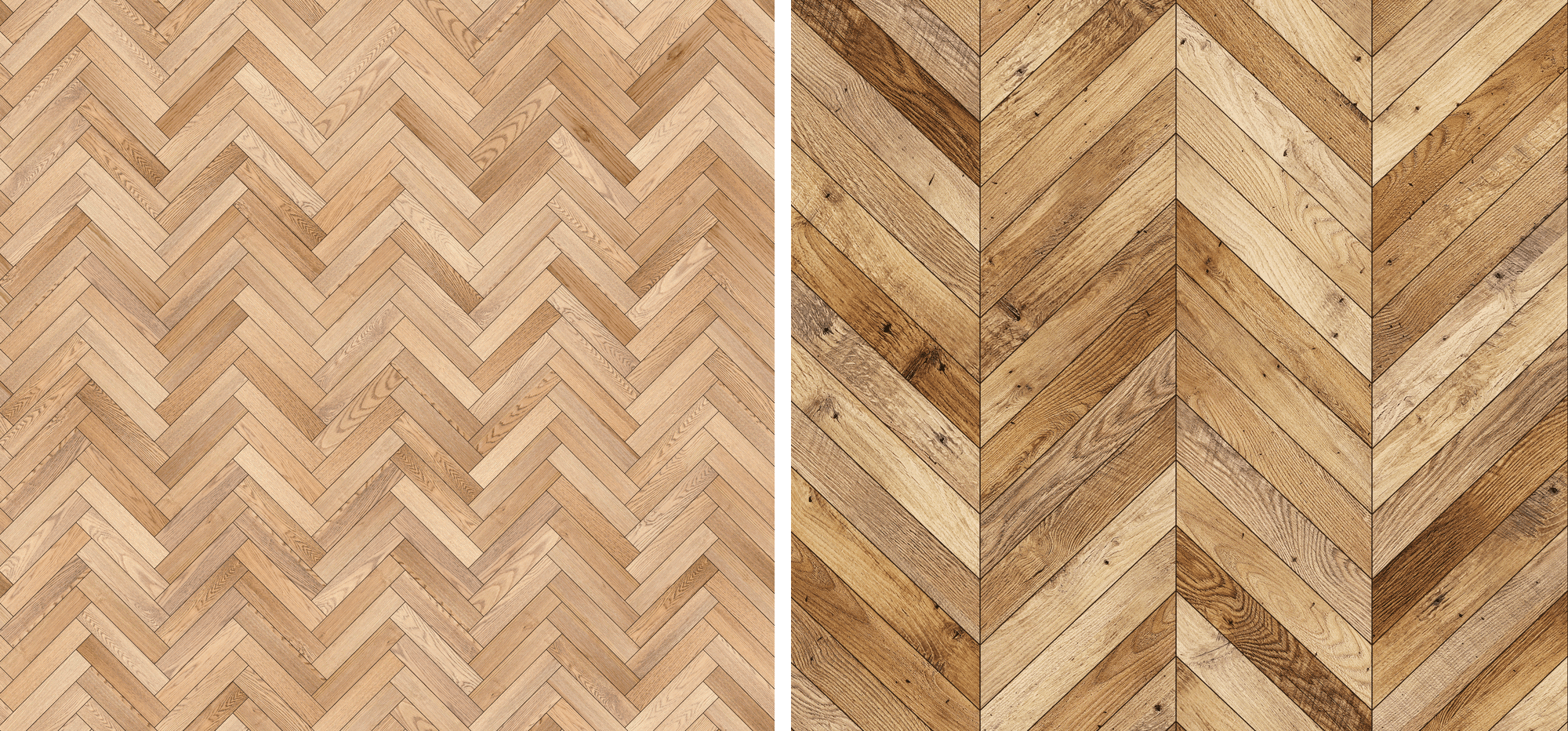
Herringbone Parquet Flooring Materials
Herringbone parquet flooring can be made from various materials, including solid hardwood, engineered wood, and laminate. Each material has its advantages and disadvantages, but all can provide a stunning herringbone parquet floor.- Solid Hardwood: Solid hardwood is the most traditional option for herringbone parquet flooring. It is made from a single piece of wood, making it durable and long-lasting. However, solid hardwood is more susceptible to moisture and temperature fluctuations than engineered wood or laminate.
- Engineered Wood: Engineered wood is composed of a hardwood veneer layer bonded to a high-quality plywood base. This construction makes engineered wood less prone to warping and shrinking, making it a suitable option for areas with fluctuating humidity and temperatures.
- Laminate: Laminate flooring is made from high-density fiberboard (HDF) with a photographic image of wood on the surface, protected by a clear wear layer. Laminate herringbone parquet flooring is more affordable and easier to maintain than solid hardwood or engineered wood, but it may not have the same longevity or authenticity.
Installing Herringbone Parquet Flooring
The installation process for herringbone parquet flooring is more complex than that of traditional straight plank flooring. Due to the intricate pattern, it is essential to have a precise layout and careful attention to detail. It is generally recommended to hire a professional installer to achieve the best results.- Preparing the Subfloor: Like any flooring installation, the subfloor must be clean, dry, and level beforebeginning the herringbone parquet installation. Any imperfections in the subfloor can affect the final appearance and stability of the flooring.
- Establishing a Centerline: To ensure a symmetrical layout, a centerline must be established on the subfloor. This line will act as a guide for laying the first row of herringbone blocks and will help maintain a consistent pattern throughout the installation.
- Dry Laying: Before adhering the blocks to the subfloor, it is essential to dry lay the herringbone pattern. This step allows for adjustments and ensures that the pattern is visually balanced and properly aligned.
- Installation: Once the pattern has been laid out and the centerline established, the installation process can begin. Using the appropriate adhesive, each block is carefully placed along the centerline, maintaining the 90-degree angle between adjacent blocks. It is important to work in small sections, pressing each block firmly into the adhesive to ensure a secure bond.
- Cutting and Fitting: Due to the intricate nature of the herringbone pattern, some blocks will need to be cut to fit around the edges of the room. This step requires precision and skill, as improperly cut blocks can disrupt the overall appearance of the flooring.
- Finishing: After the installation is complete, the floor must be sanded and finished to protect the wood and enhance its natural beauty. This can include staining, sealing, and applying a topcoat for added durability.
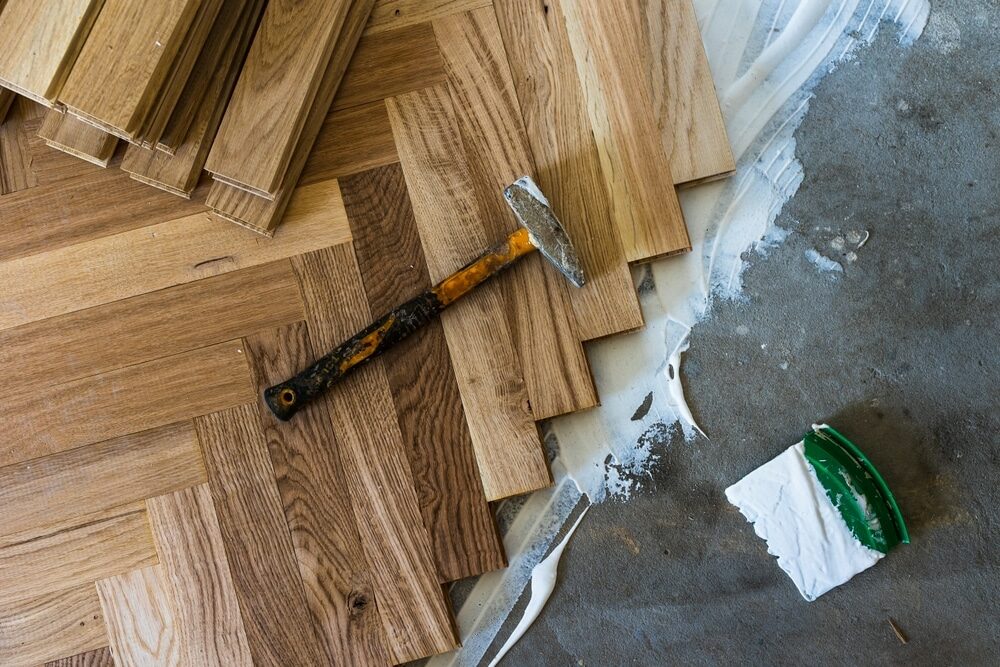
Herringbone Parquet Flooring Variations
The classic herringbone pattern can be customised to suit any design style or personal preference. Here are some variations of the herringbone pattern that can elevate the look of your parquet flooring:- Double Herringbone: In this variation, two blocks are laid side by side to form a larger herringbone pattern. This adds an extra layer of visual interest and creates a more substantial, dramatic look.
- Diagonal Herringbone: Instead of laying the blocks perpendicular to each other, the diagonal herringbone pattern involves placing the blocks at a 45-degree angle. This creates a more dynamic, visually striking pattern.
- Random Width Herringbone: Using blocks of varying widths can create a more casual, rustic look. This variation adds a sense of depth and movement to the herringbone pattern, making it an excellent choice for those looking for a less formal design.
- Mixed Materials: Combining different wood species, colours, or finishes within the herringbone pattern can create a unique, eye-catching design. This allows for more creativity and personalization in the final appearance of the floor.
- Herringbone with Borders: To further enhance the elegance of herringbone parquet flooring, consider adding a border around the perimeter of the room. This can be a simple inlay, a contrasting wood species, or a more intricate design that complements the herringbone pattern.
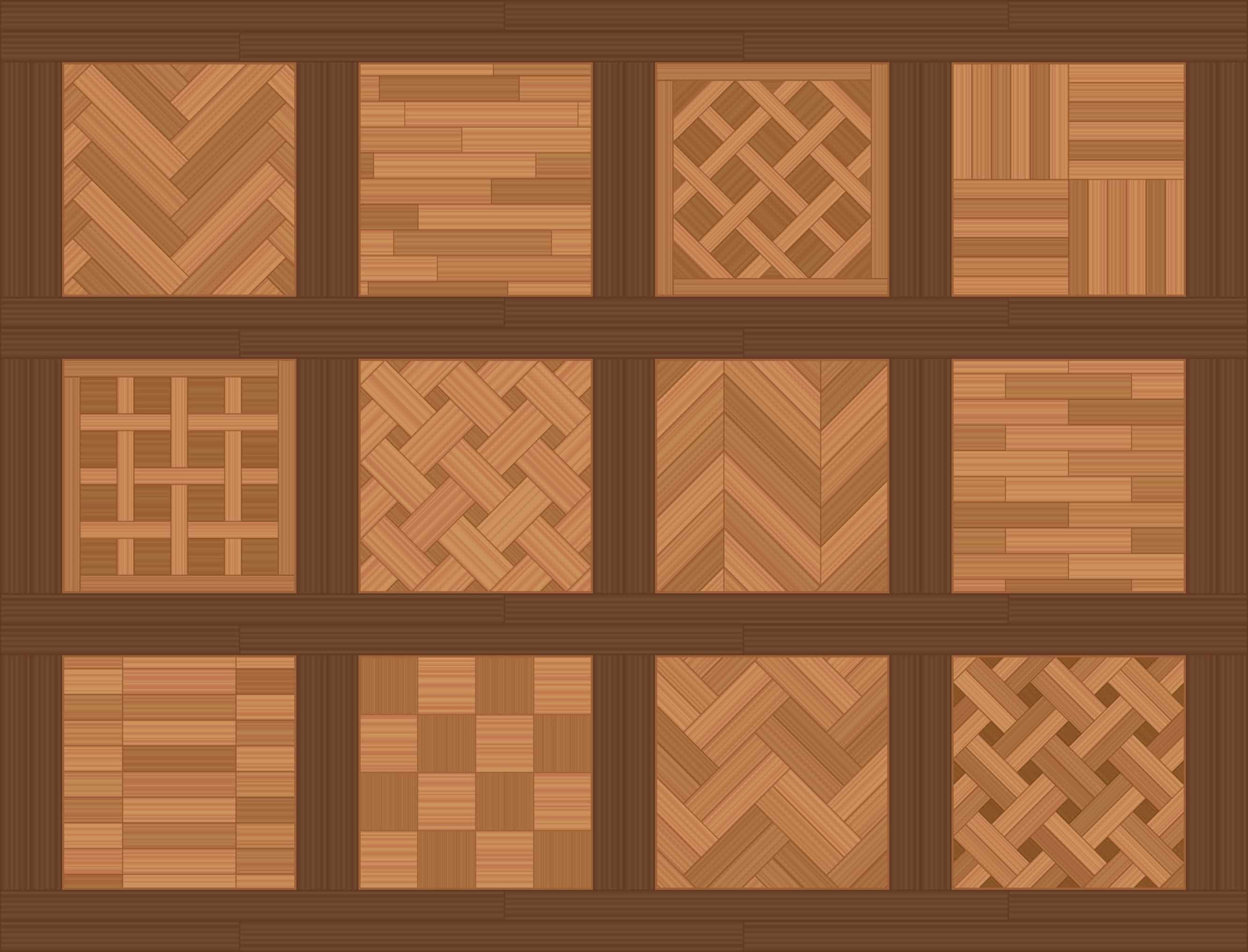
Some Useful Links:
- Wood Floor Restorations
- Wood Floor Repairs
- Floor Sanding Services
- Wood Floor Polishing
- Wood Floor Renovations
Conclusion
Herringbone parquet flooring is a timeless and versatile flooring option that can instantly elevate any space. With its rich history, intricate pattern, and numerous variations, the herringbone pattern is an excellent choice for homeowners and designers looking for a unique and sophisticated flooring solution. Whether you choose solid hardwood, engineered wood, or laminate, the elegance and charm of herringbone parquet flooring will undoubtedly enhance the beauty of your home.More from our Blog:
The Top 10 Reasons Why Professional Wooden Floor Restoration is Essential Why Professional Hardwood Floor Sanding is Essential – Expert Tips for Stunning Floors Seasonal Wood Floor Care Tips for UK Homes – Keep Your Floors Pristine Year-Round Some Basic Tips on Floor Sanding and Finishing The Ultimate Guide to Floorboard Sanding Techniques
Sanding
We provide virtually dust-free sanding with our continuous belt machinery with mobile extraction units, giving you a safer environment for your family.
Oiling
This organic finish not only adds beauty to your home but also has exceptional water-repellent characteristics, making it easier to clean and maintain.
Waxing
This natural floor finish offers the softest and most mellow appearance – and leaves your floor able to breath.
Buffing
Using soft buffing machines (and hand-polishing where required) will bring a wonderful sheen to your newly-finished floor.
Repairs
We offer a full assessment of your wooden floors to determine what repairs are needed to provide the perfect working surface for the later stages of sanding, staining and sealing.
Restoration
We offer a comprehensive restoration process designed to address floors that are improperly fitted or damaged over time through wear and tear.
Request a fixed price quote for your wood floor restoration now
Simply enter your postcode below to get started.
Services
Wood Floor Sanding Wood Floor Restoration Wood Floor Scratch Repair Squeaky Wood Floor Repair Parquet Floor Sanding Parquet Floor Restoration Commercial Floor Sanding Church Floor Sanding Community Centre Floor Sanding School Floor Sanding Gap Filling Gap Filling with ResinCopyright © Mr Sander®
Privacy & Cookies Terms & Conditions Complaints Procedure Cancellation Rights Sitemap
